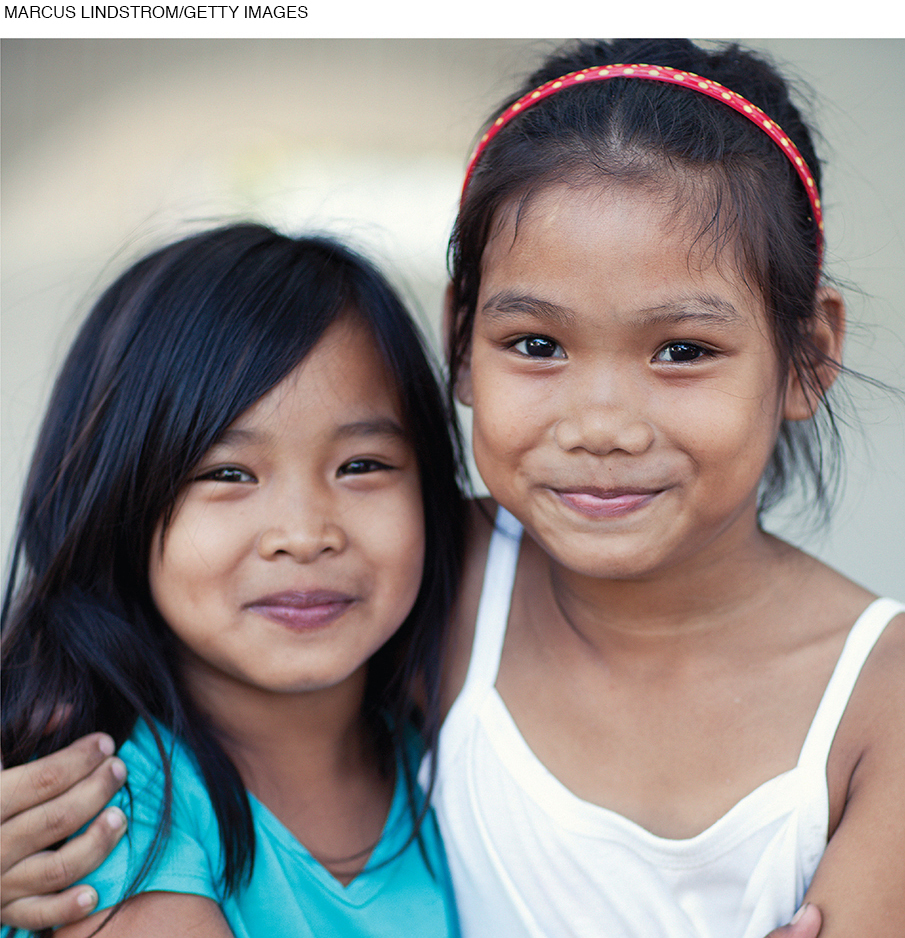Chapter Introduction
CHAPTER OUTLINE
A VIEW FROM SCIENCE: Culture and Parenting Style
Becoming Boys or Girls: Sex and Gender
A CASE TO STUDY: My Daughters
OPPOSING PERSPECTIVES: Is Spanking OK?
Protection for Every Child
Child Maltreatment Noticed and Defined
Three Levels of Prevention
Page 201
Why do 2-year-olds have more sudden tempers, tears, and terrors than 6-year-olds?
What happens if parents let their children do whatever they want?
What are the long-term effects of spanking children?
Do maltreated children always become abusive adults?
Video: Early Childhood Psychosocial Development: A Brief Overview
It was a hot summer afternoon. My thirsty 3- and 4-year-olds were with me in the kitchen, which was in one corner of our living/dining area. The younger one opened the refrigerator and grabbed a bottle of orange juice. The sticky bottle slipped, shattering on the floor. Both daughters stared at me, at the shards, at the spreading juice with extra pulp. I picked them up and plopped them on the couch.
“Stay there until I clean this up,” I yelled.
They did, wide-eyed at my fury. As they watched me pick, sweep, and mop, I understood how parents could hit their kids. By the end of the chapter, I hope you also realize how a moment like this—in the heat, with two small children and unexpected and difficult work—can turn a loving, patient adult into something else. It is not easy, day after day, being the guide and model that parents should be.
FORTUNATELY, MANY SAFEGUARDS prevented serious maltreatment—the girls stayed on the couch, my beliefs kept me from laying a hand on them, I could afford another bottle of juice. Several aspects of psychosocial development—as children learn to manage their emotions, as parents learn to guide their children, as the macrosystem and microsystem (beliefs and income) influence adult–child interaction—converged at this moment. As this chapter describes, all these affect development of every young child.
